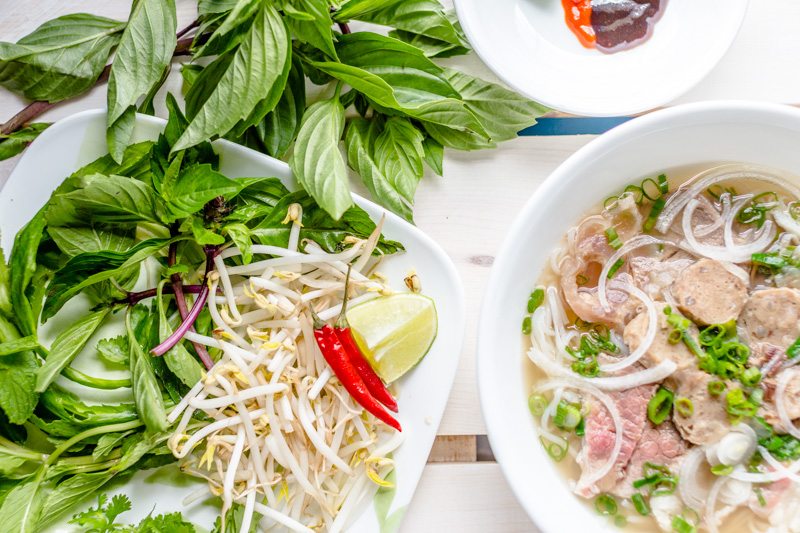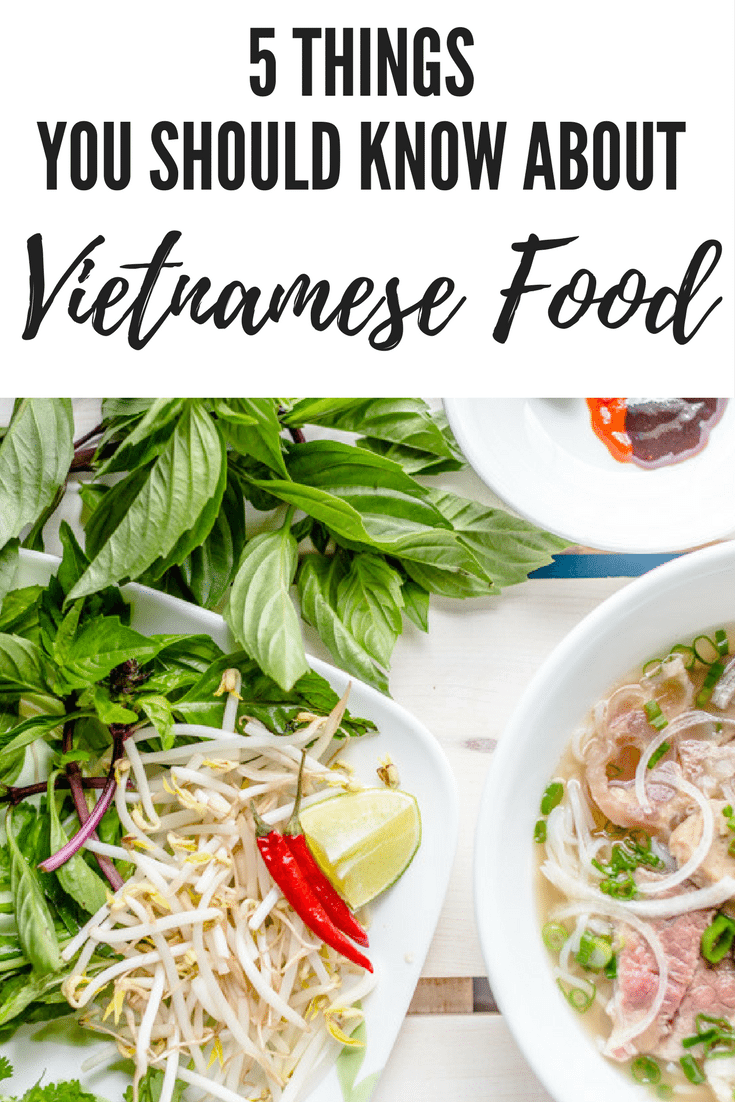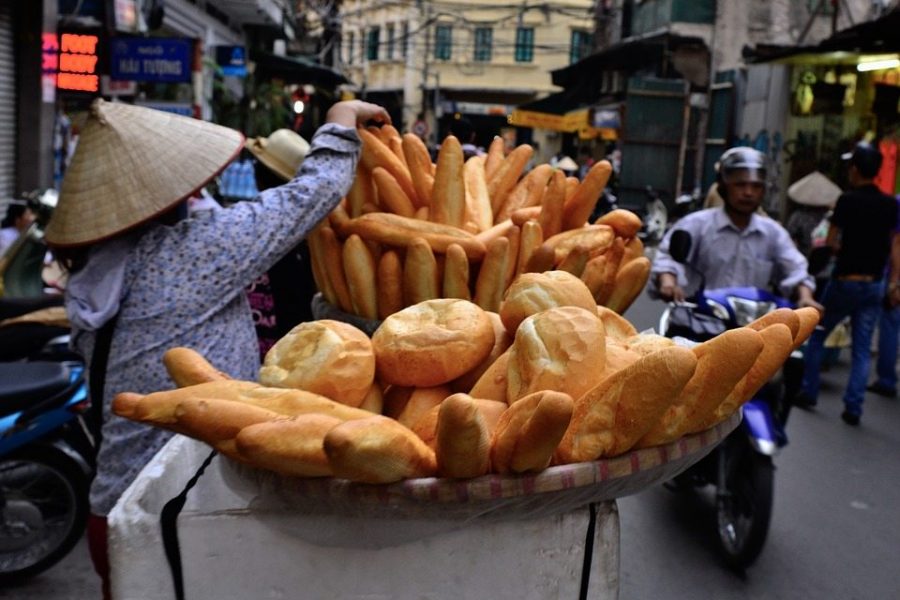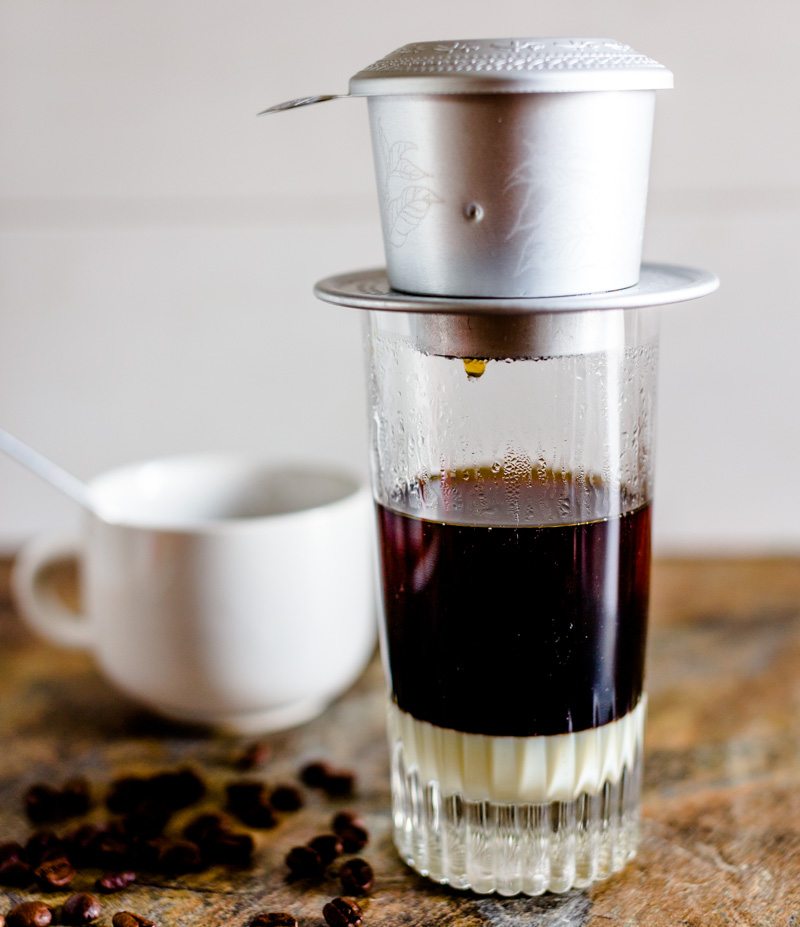
5 Things You Should Know about Vietnamese Food
Vietnamese food has long enamored American palates. With the recent rise in popularity of pho, the aromatic noodle soup that is a staple of Vietnamese cuisine, you may be wondering what else this region has to offer. Here are 5 things you should know about Vietnamese food.
It’s influenced by French cuisine
One of the ways that Vietnamese food differs from other Asian countries’ is that it’s heavily influenced by French cuisine due to the French colonization of the country. France only left the region in 1954, so many dishes still bear the mark. For example, the second-most popular Vietnamese dish in the U.S. is banh mi, a style of sandwich on a long baguette.
Even pho, the beef-based noodle soup popular in Vietnamese restaurants, is thought to originate in French influences. The base of pho is a meaty broth that is taken quite seriously in Vietnam and is distinctly French-minded.
Fresh herbs play a crucial role
If you’ve ever eaten at a Vietnamese restaurant, one of the things you’ll have noticed is the prevalence of fresh herbs. Herbs are a mainstay of Vietnamese food. Freshness is of utmost importance — herbs are sometimes served whole, for diners to add as they please, and at other times are cooked within pancakes or rolls. Some popular herbs used in Vietnamese food include:
• Mint
• Basil
• Cilantro
• Fish Mint
• Lemongrass
There’s something so satisfying about taking a heaping pile of mint or basil and dropping it into a hot bowl of noodle soup. The aroma is intoxicating enough to make you forget all your worries.
It’s healthy for you
Some people swear that pho is the ultimate cure for a hangover. Why? Because it’s hydrating and full of nourishing minerals, protein, vitamins and electrolytes. These nutrients wake you up and bring you back to life. Even if you’re not feeling sick, regularly consuming these healthy soups is great for your health.
With all those fresh herbs, Vietnamese food is also rich in vitamins E and A. Since most dishes are based on noodles and rice products, like the popular vermicelli, they’re also naturally gluten-free — just steer away from banh mi sandwiches. Most dishes are also quite low in sugar and fat since they don’t need those ingredients to add flavor.
There isn’t any dairy involved
On a similar note, Vietnamese restaurants are ideal for people who avoid eating dairy products. Though the region’s dishes are influenced by French cuisine, there is a marked absence of butter, milk or cheese. The only place you’re likely to see Vietnamese people use dairy in the kitchen is to add to their coffee. Even then, Vietnamese coffee features sweetened condensed milk rather than regular milk products.
You can have it as mild or spicy as you like
If you have a sensitive palate, you might be used to steering away from certain Asian cuisines. The spice level can get intense with Thai or Indian food, for example. Vietnamese food is forgiving in this regard.
Banh mi sandwiches are traditionally rather spicy because they’re filled with jalapeño peppers, but other rice- or noodle-based dishes are more herbal and savory than spicy and can be customized to your liking. That’s one of the reasons that pho is so popular — you can essentially build the flavor profile yourself by adding sauces and spices as you please.
If you’ve been thinking about venturing into the world of Vietnamese food, get ready to discover a world of flavor that’s a unique blend of European and Asian influences. The food is simple yet full of fresh ingredients, and it’s both healthy and easy to eat. Once you familiarize yourself with the classics, you can move onto more traditional dishes like fruit salads, savory pancakes and rice cakes.







